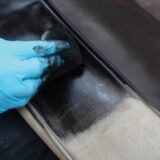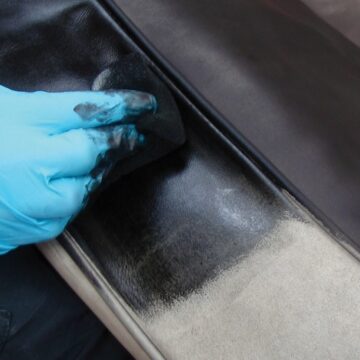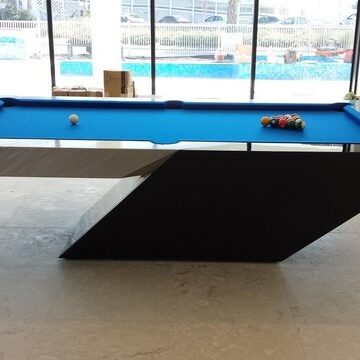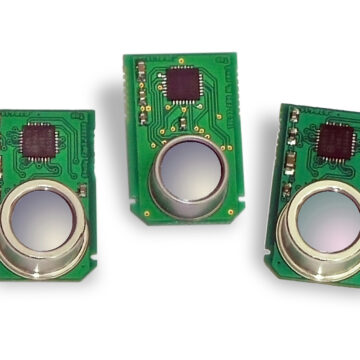Overhead industrial fans are used as large fans for arenas do more than just push hot, stale air around; they reduce heat and humidity by drawing hot air to the ceiling and directing it downward. Conventional fans just push hot, stale air around. The fans have been designed from the ground up to cover enormous quantities of floor space. As a result of their size, they may generate a large comfort zone for facility users by creating a constantly circulating air current. The overhead fans keep people dry and comfortable by removing moisture from the air. In contrast to other industrial fans, these can run in reverse without being harmed and are therefore suitable for both winter heating and summer cooling. During the winter, ceiling fans circulate warm air from the ceiling all the way to the ground.
Benefits of big overhead fans
Large diameter industrial fans have various advantages besides lowering heat and humidity. Let’s see the advantage of using large fans for arenas:
- Uses less power than a typical hairdryer and is very silent.
- Tubercle blades allow fans to move more air while using fewer blades and producing less noise.
- Tubercle blades allow fans to move more air while using fewer blades and producing less noise. the use of large fans helps to keep sporting arenas and gyms cooler by removing excess heat
- Operating costs are low; one 0.75 kW fan costs about 6 cents an hour to run.
- Extremely minimal maintenance requirements; recommended inspections are performed after 20,000 hours.
- Creates air curtains and quiet airflows
- Reduces or eliminates fugitive pollution for a cleaner, safer workplace.
- Provides a consistent and equal temperature across the entire room.
- Heat-related injury risk is considerably minimized.
- During the summer and the winter, one can save energy
- Prevents humidity and condensation from damaging equipment.
- Minimizes new construction’s requirement for costly ductwork
- Increased equipment lifespan as a result of less frequent and longer fan cycling
Technical Specifications
Big overhead industrial fans for decreasing heat and cooling stadiums, gymnasiums, and sports facilities are available in 8′, 12′, 16′, 20′, and 24′ diameters.
- Able to turn 400,000 cfm of air per minute
- Uses between 0.75 and 1.5 kW to run.
- Safety clips, blade safety links, and collet-type friction drive bushing technology all use a variable frequency drive for soft starts and variable speed operating from 0 to 100%.
- Fans with a diameter of up to 230 feet can destratify the air in the winter by operating in the reverse direction.
- Possibility of linking several fans together
- HVAC and fire suppression systems can work together seamlessly.
- Fully UL certified, ESFR Control Relays equipped.
- The fan’s diameter should be at least as high as the minimum ceiling height.
Conclusion
When it’s hot and humid outside, it’s hard to enjoy baseball games, and gym-goers expect the gym to keep them cool while they work out So they can adopt large fans for arenas. Large overhead fans are a cost-effective way to reduce heat and cool stadiums, sports venues, and gyms while also ensuring the safety and comfort of spectators and gym patrons. Fan-generated cooling can keep people 10 degrees cooler while also preventing heat-related injuries in gym-goers, athletes, and spectators.
















